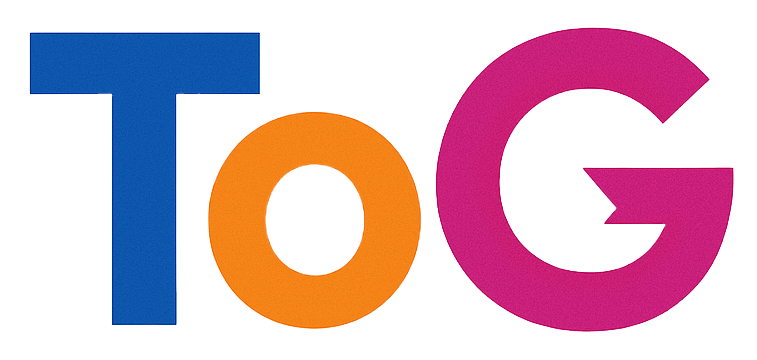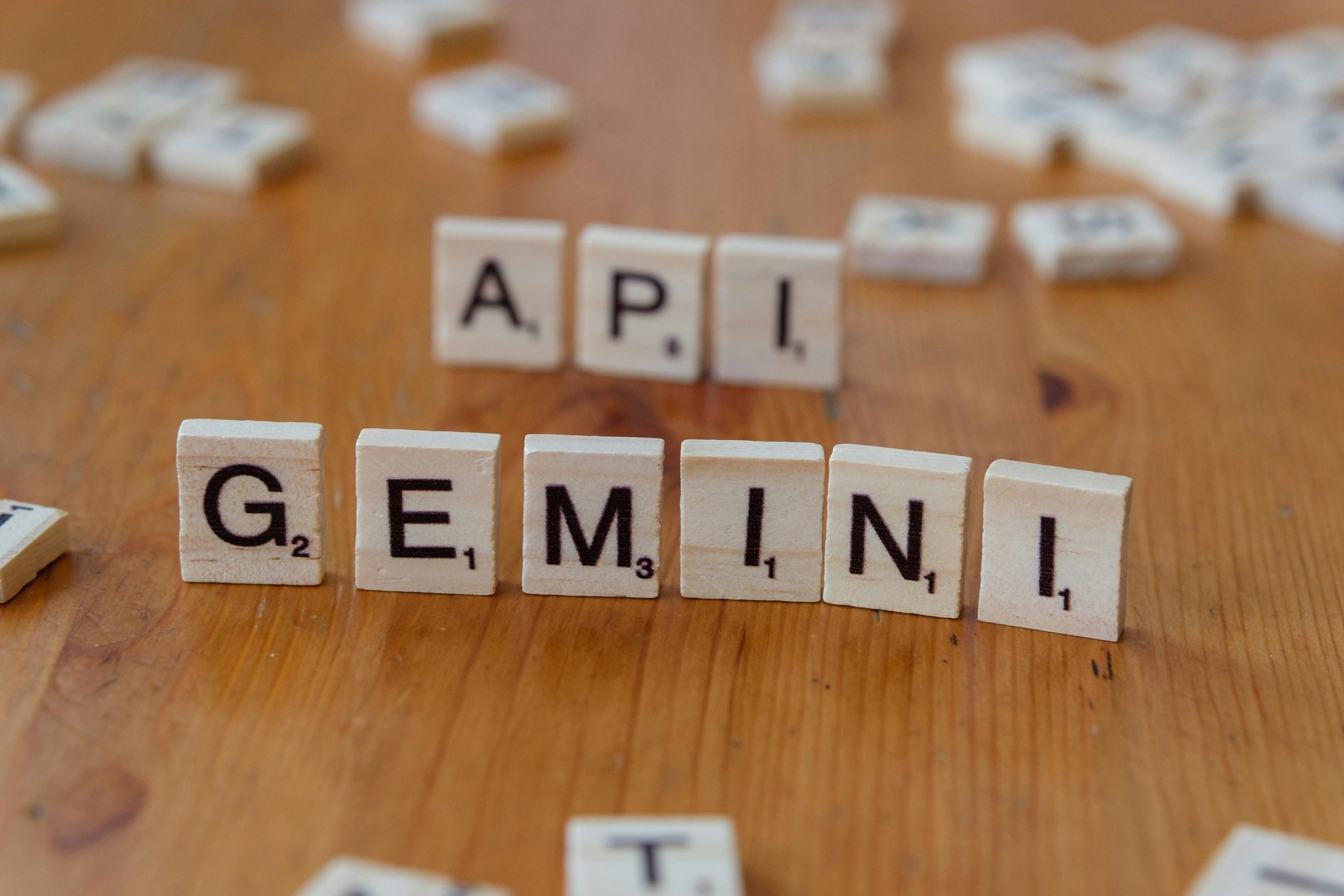Why Google is Dominating the LLM Landscape: Insights on Their Recent Surge
In recent months, Google has emerged as a formidable contender in the race for large language model (LLM) supremacy, a position bolstered by both technological advancements and some missteps from competitors like OpenAI and Meta.
One standout example of this success is Google’s Gemini 2.5, which has made waves by achieving numerous benchmark victories. Initially, it secured the highest score in the SimpleBench rankings, although it later lost that position to OpenAI’s o3 on April 16. Additionally, Gemini 2.5 has excelled in the combined AI Intelligence Index established by Artificial Analysis, and it currently leads the LMArena leaderboard. As of April 14, Google’s models claim five of the top ten slots on LMArena, which includes not only Gemini 2.5 Pro but also three iterations of Gemini 2.0, in addition to Gemma 3-27B.
While impressive performance figures are crucial, Google’s strategic pricing further enhances its competitive edge. The Gemini 2.5 model is available at no cost via Google’s Gemini app and their AI Studio website, making it accessible to a wide range of users. Moreover, Google offers attractive pricing for their API services—charging only $10 for every million output tokens generated by Gemini 2.5 Pro, and a remarkably low rate of 40 cents per million tokens for Gemini 2.0 Flash.
This combination of high-quality performance and competitive pricing positions Google as a leader in the LLM market, allowing them to capitalize on the recent challenges faced by other key players. As the AI landscape continues to evolve, Google’s strategy may very well set the tone for future developments within the industry.

